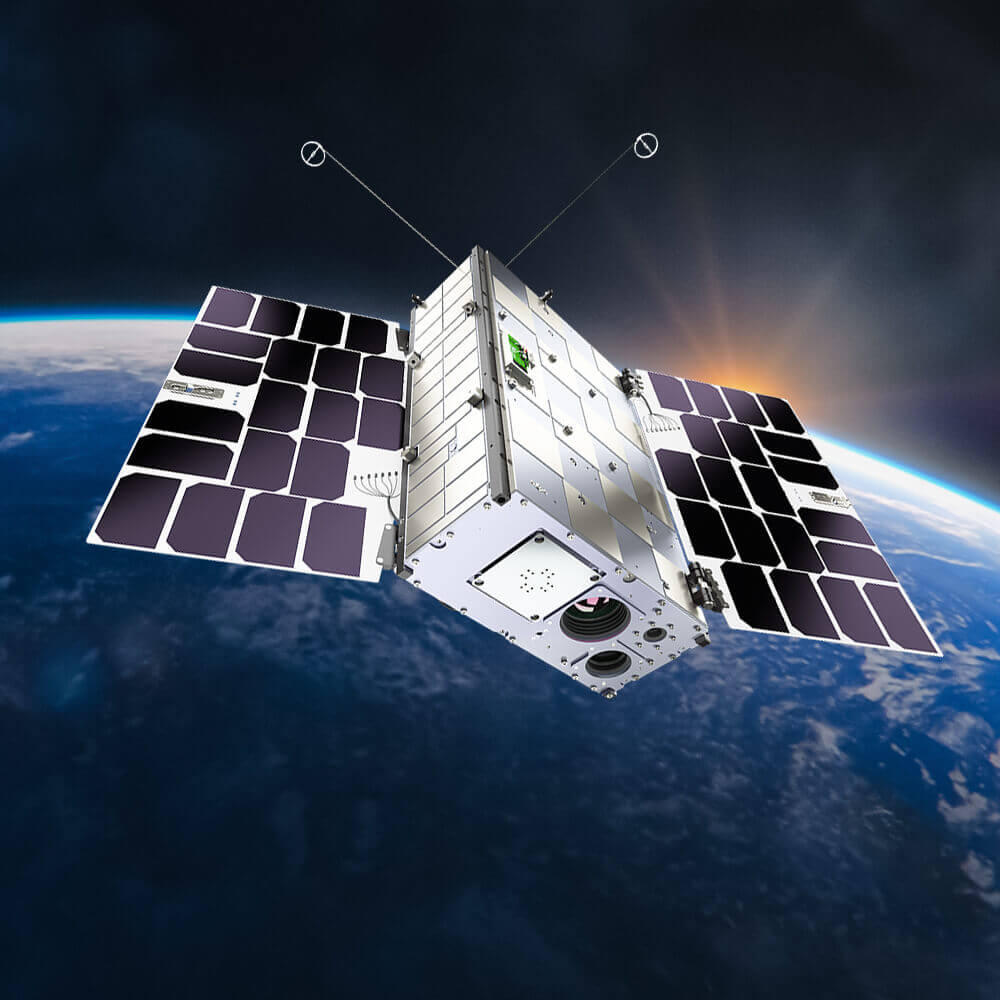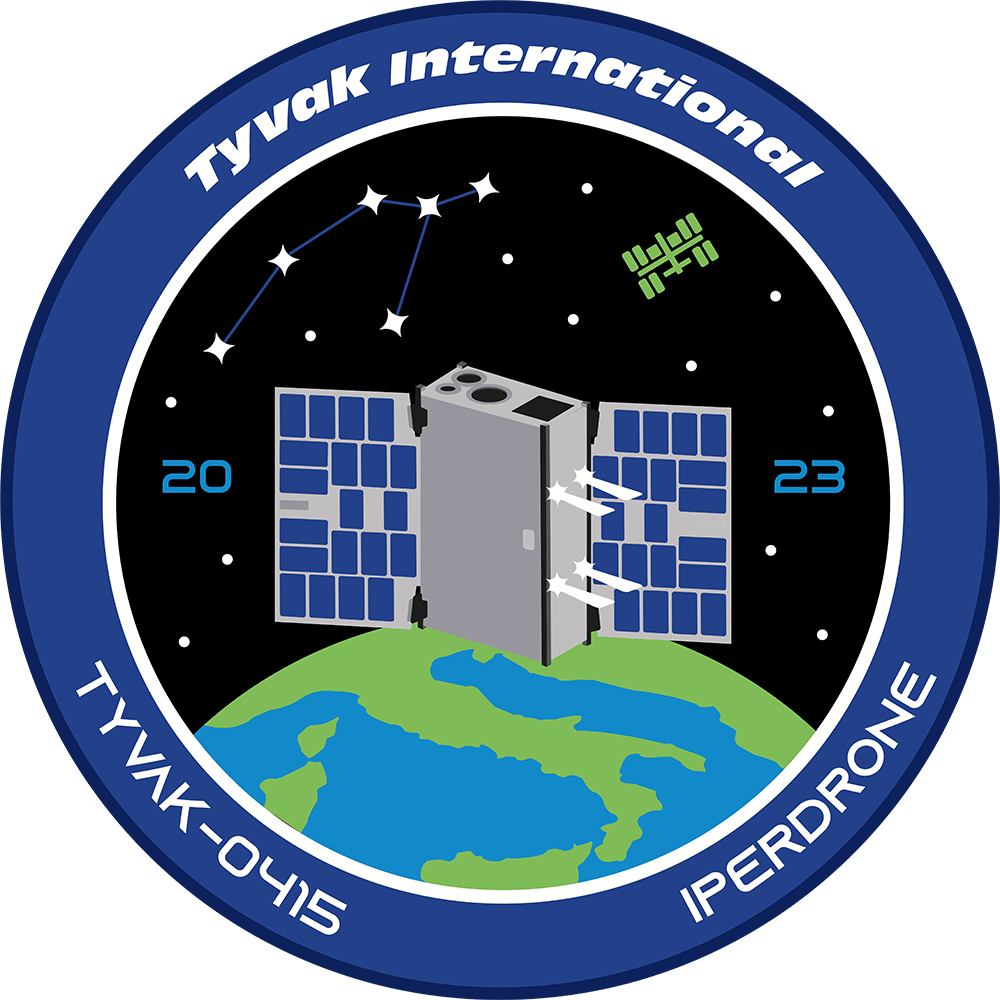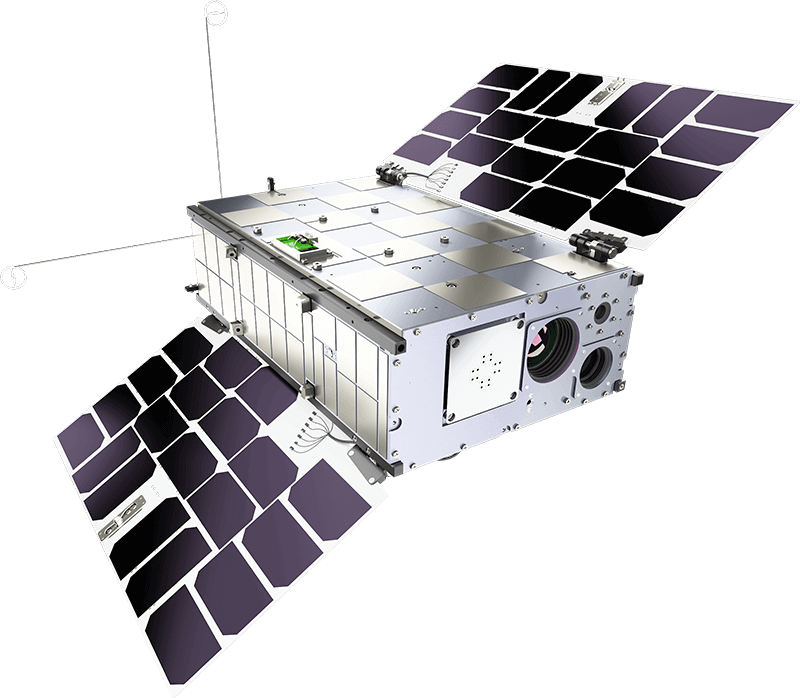

The IPERDRONE program is funded by the Italian Space Agency (ASI) and aims at developing a low-cost reusable re-entry system able to interoperate with space infrastructures and to integrate space to ground.
The IPERDRONE program capitalizes on the competencies gained by Italy in development and exploitation of satellites and re-entry systems. The program aims to enhance national expertise in the field of re-entry systems, advancing the portfolio of enabling technologies to position Italy’s industry players at the forefront of technological innovation. IPERDRONE’s primary objective is to develop a compact, autonomous re-entry system capable of executing in-orbit operations, interoperating with space infrastructures, delivering experiments to users swiftly, re-entering the atmosphere, and achieving precision landings.
The IPERDRONE program is based on an incremental phased approach, implemented through a series of subsequent projects.
This first mission (IPERDRONE.0) is the initial risk-reduction step of the long-term program, developing a multi-functional re-entry system able to perform autonomous on-orbit operations. It is a 6U nanosatellite aimed at validating the system performance, GNC algorithms, together with Optical Payload for inspection purposes and cold gas propulsion technology system for proximity operations.
The second project, IPERDRONE.1, will focus on system re-entry, emphasizing innovative propulsion systems for attitude control and de-orbiting maneuvers, as well as advanced materials and structures for the Thermal Protection System (TPS).
The main objectives of IPERDRONE.0 are as follows:
The development of the thruster was a collaborative effort between Tyvak International and Technology for Propulsion and Innovation (T4I) in Italy. This partnership facilitated the development of the tank, produced through additive manufacturing, as well as the fluidic line, which includes a phase separator, and the micro-nozzles.

Nation
Application
Operator
Configuration
Launch Date
Launch Vehicle
Mission Length
Mission Completion

Falcon 9 is a reusable, two-stage rocket designed and manufactured by SpaceX for the reliable and safe transport of people and payloads into Earth orbit and beyond. Falcon 9 is the world’s first orbital class reusable rocket. Reusability allows SpaceX to refly the most expensive parts of the rocket, which in turn drives down the cost of space access. (Source: Space X)
Tyvak International, a Terran Orbital Corporation
P.IVA/CF: 11291460019
Copyright © 2013-2024
All Rights Reserved